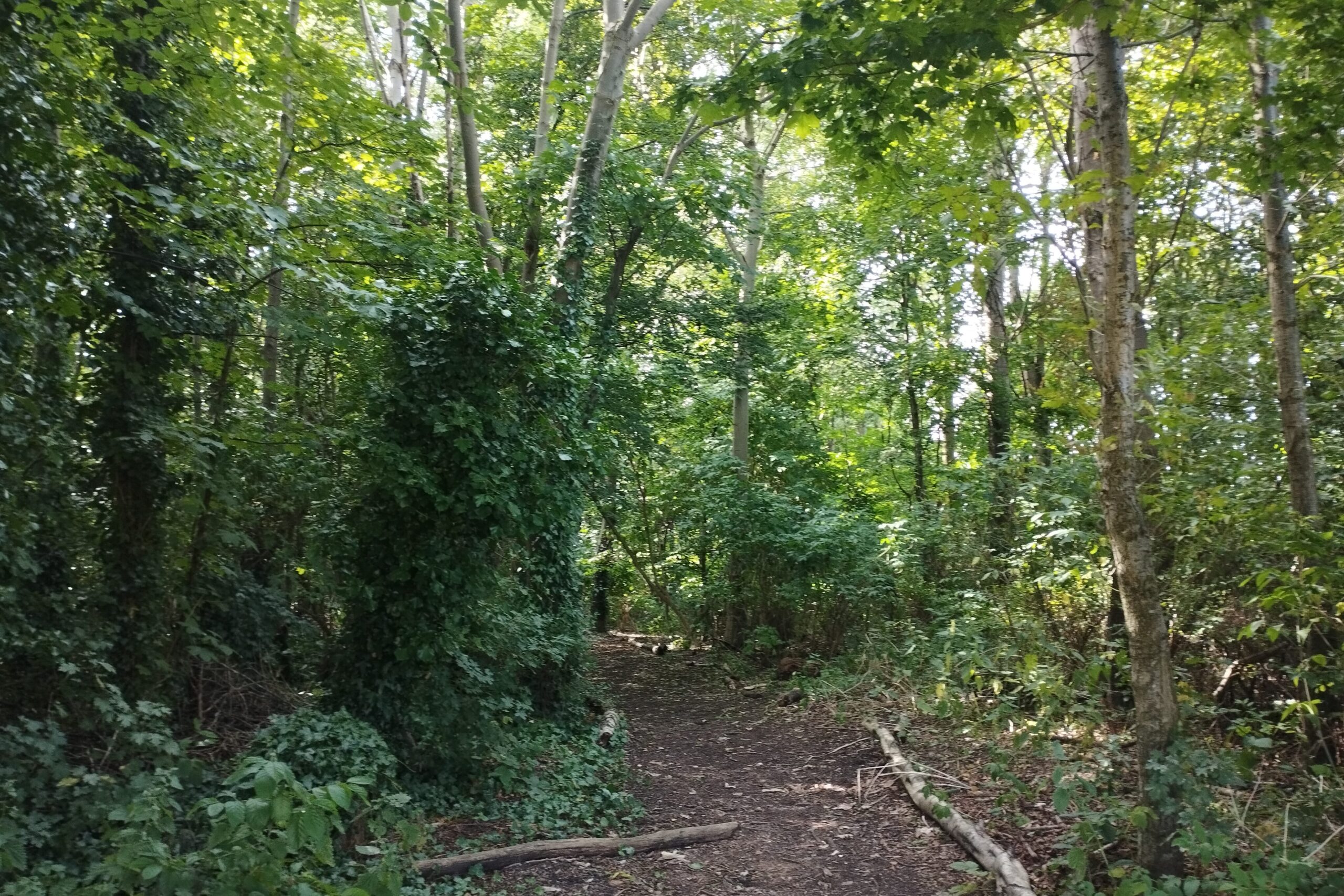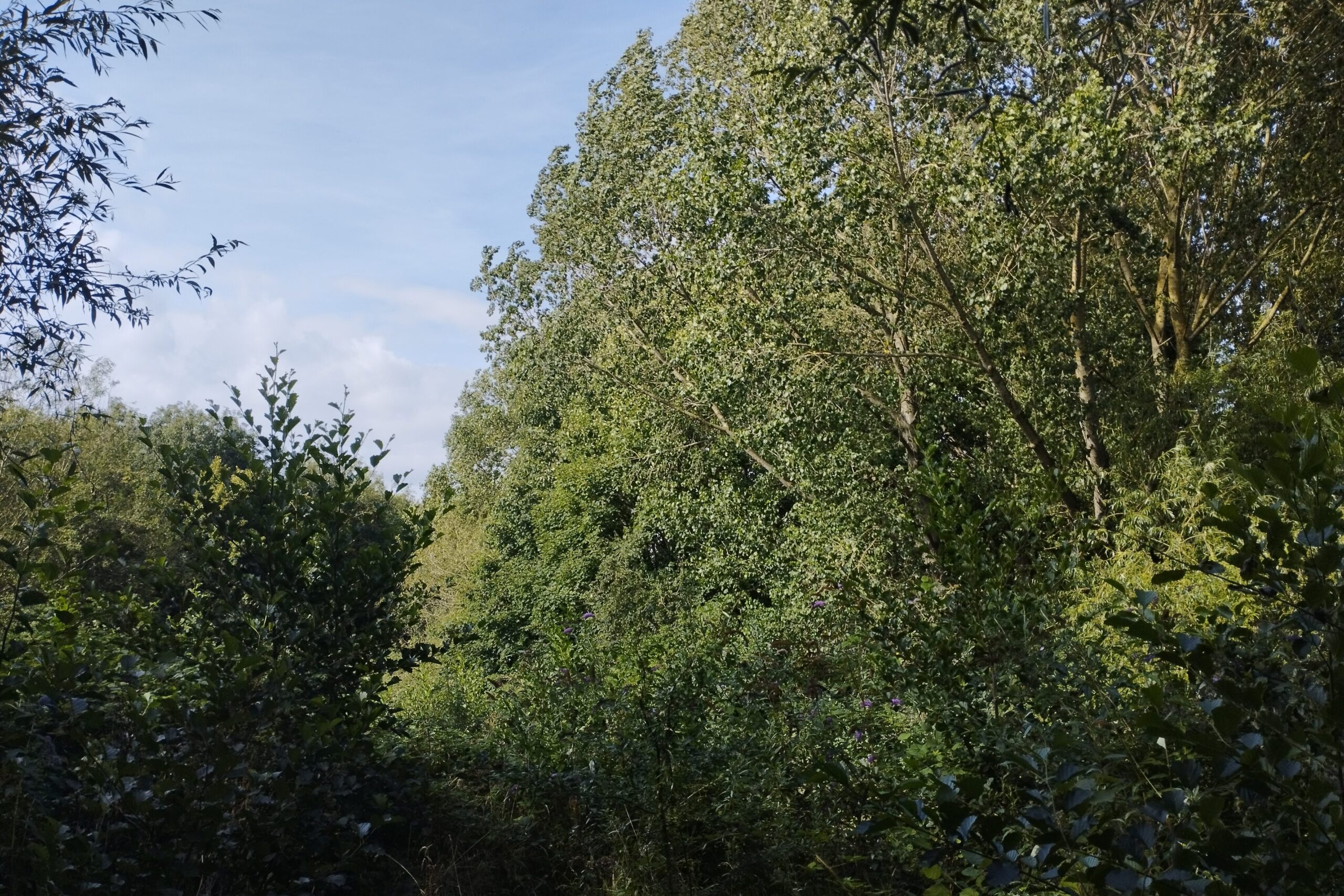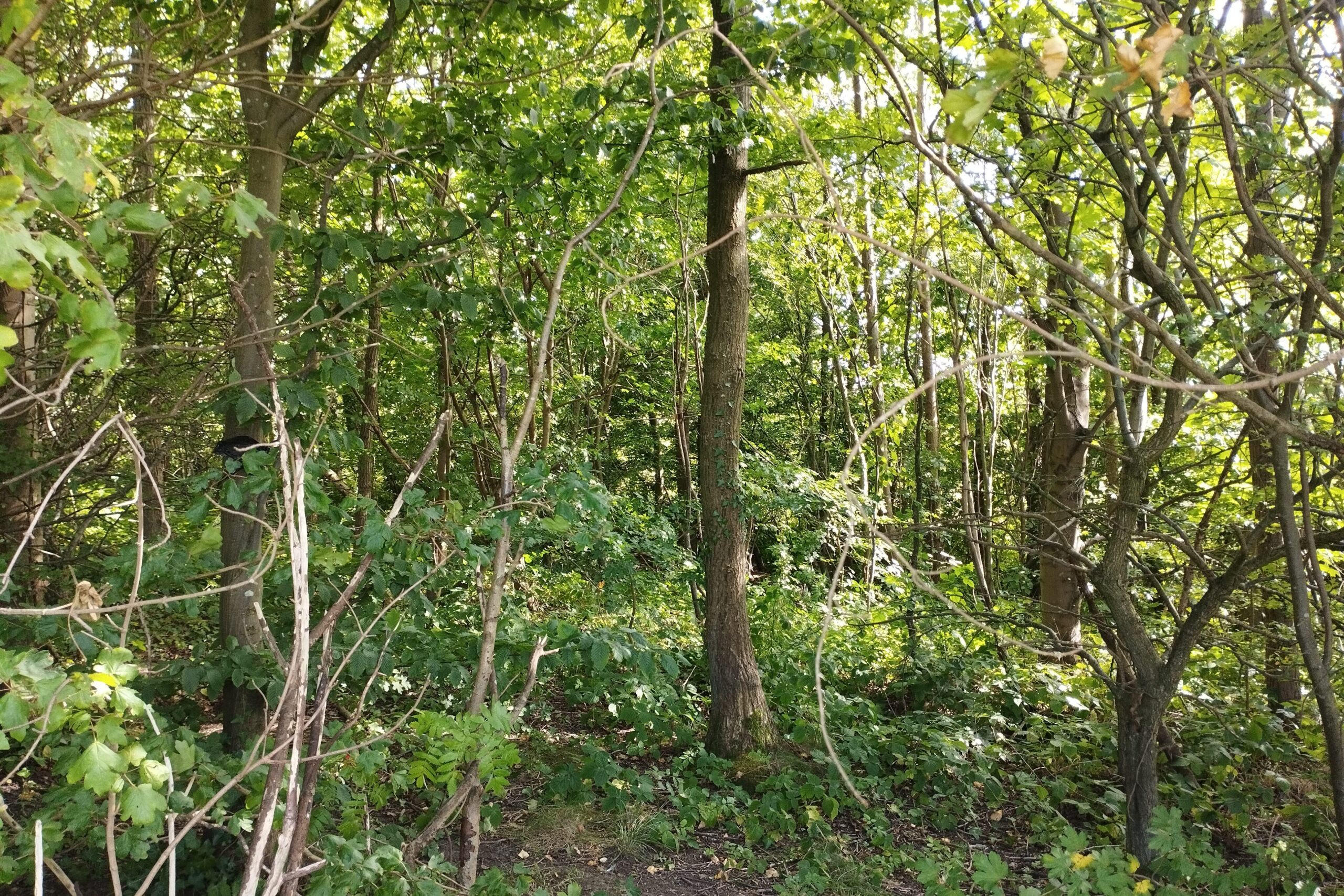
Wide collaborative efforts are required if we are to find innovative ways of preserving our habitats. With this, it is important to get perspectives from university students and graduates to on how to shape the future of conservation. I interviewed Jack Arthur, voluntary park warden and graduate in animal biology and conservation, on what should be done to improve nature reserves and what the most important developments are today. This interview invites us to consider species reintroduction and unity between nature workers as essential in supporting our UK wildlife.
In another interview, marine biology student Adam Tarnowski claimed “there has been a decent understanding of the importance of nature reserves. The parks I’ve been to are mostly well-maintained but visitors need to be more aware not to keep dropping litter. I think they need to hire more staff to make sure the paths are kept clean, as well as look after the animals and habitats better.”
When asked about his favourite place to visit nature, Adam said “I particularly like the woods of Hamsterley forest. They’re so full of life and it’s a good place to detach from society. I would definitely recommend them to anyone curious about nature.” With these interviews, a look into the current attempts of reintroduction and the protective efforts surrounding Hamsterley forest will be useful to oversee local conservation efforts.

While there have been plans to reintroduce the lynx in Northumberland, it has been decided that this species can only be reintroduced in the right habitat and with the acceptance of local people. Thereby, the Missing Lynx Project was introduced to gain a survey on the public opinion. This was a new exhibition partnership between Northumberland Wildlife Trust and The Lifescape Project created to educate people on the animal that vanished due to habitat loss. Such interactive education will help people decide whether reintroduction will be acceptable as a community and whether they think lynx in the Northeast would benefit or harm our local habitats.
There have been many different opinions on this initiative. People like Northumberland Wildlife Trust’s Mike Pratt have claimed “the jigsaw of life is really quite broken, so bringing back species like beaver and lynx could really help restore nature,” whereas people like Councillor Mark Mather, representative of the Wooler ward have criticised the idea as harmful to farming sectors: “Are lynx going to chase a deer for miles, or an easy, fluffy sheep that can’t get out because it’s fenced in?” While a final decision may not be yet in sight, it is nonetheless an exciting time for nature enthusiasts with such radically-inventive conservation plans.
There have also been notable efforts to reintroduce water vole in areas like Kielder. The vole’s numbers dwindled significantly in the past few decades due to inappropriate wetland management and competing species. However, funding from The National Lottery Heritage Fund has enabled the NWT to restore water vole numbers into the north Tyne’s Kielder catchment. Since 2016, 2,039 water voles have been released into Kielder Water and Forest Park, all bringing their benefits of regulating soil levels with their riverbank burrows. Reintroduction here has clearly worked.

However, while various large organisations have collaborated for these reintroduction projects, it is time we also looked at the success individual nature fans have brought by uniting for a noble cause. Adam’s favourite Hamsterley Forest has been branded as a ‘habitat hotspot‘ home to unique species like Herpetofauna Adders and slow worms. With its vibrant environment deserving protection, various local visitors have fought back corporate efforts to disturb its environment and build over it.
Mr Richardson, member of the Hamsterley Forest Action Group, led a petition against recent plans to build on the woodland, claiming “Hamsterley Forest is an important site for bats in County Durham, with eight species recorded there, possibly the only site in the County known to support so many.” Residents by the forest also recently prevented Forestry England from claiming private ownership of a public nature track in the woods. Such cases highlight the power of unity among nature enthusiasts in ensuring our habitats remain safe from potentially damaging corporate plans.
Views: 65